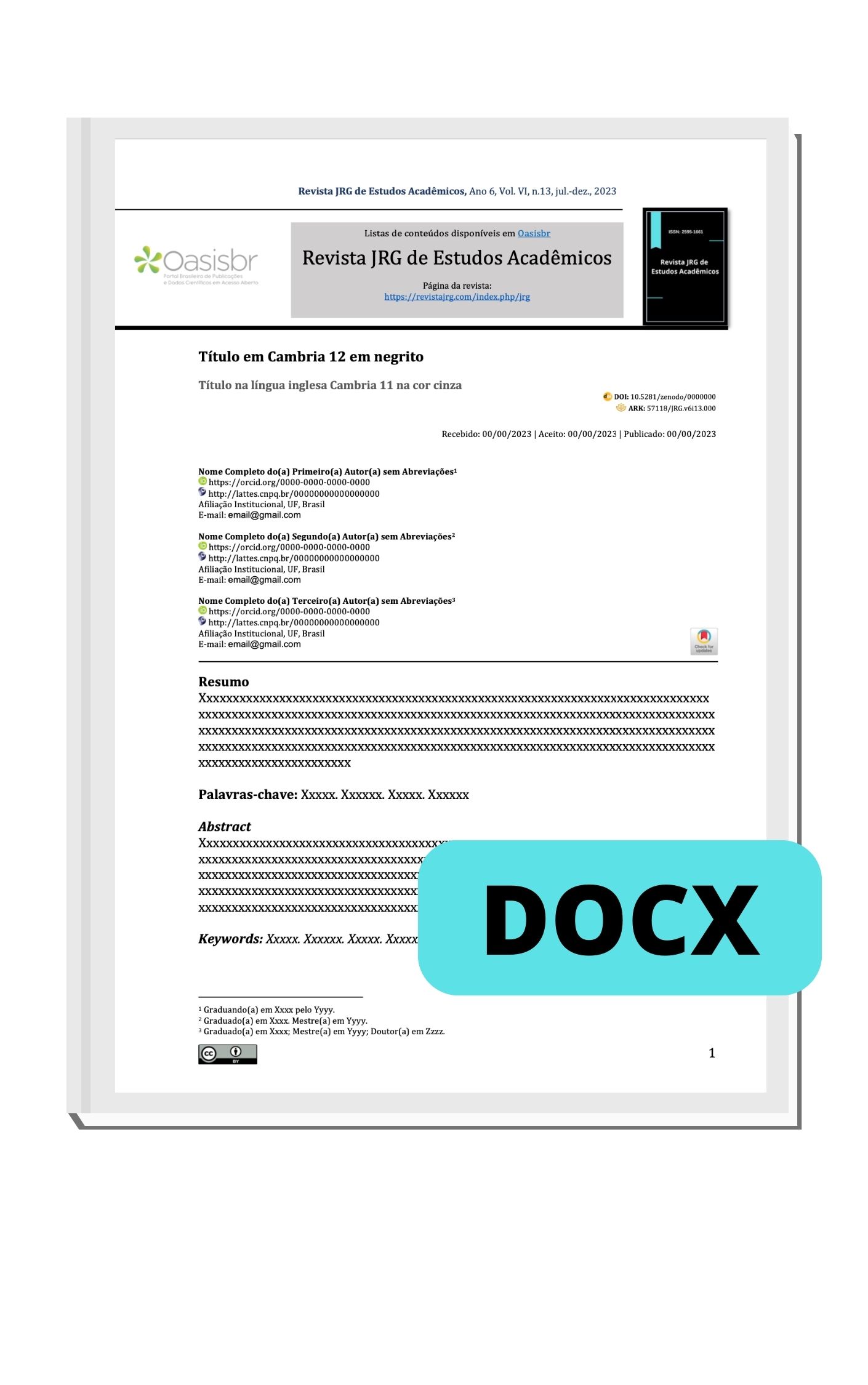Equine laminitis, possibility of diagnosis and treatment: a literature review
DOI:
https://doi.org/10.5281/zenodo.8028083Keywords:
Diagnosis, Etiology, Equine Laminitis, TreatmentAbstract
Equine laminitis is characterized by an inflammatory process that affects the supporting structures of the hoof, including the horny lamina and the third phalange. There are several theories about the causes of laminitis, including the vascular, traumatic, enzymatic, and glucose deprivation theories. The disease can be classified into two stages: acute and chronic. The diagnosis is made through clinical and radiographic examinations, and the treatment includes pain control, treatment of inflammation and prevention of complications. The general objective of the present study was to demonstrate, through a bibliographic review, the different therapeutic forms in order to provide an informative support in the institution of the treatment. This work comprises a bibliographical review, where scientific articles searched in the online databases Scielo, PubMed, Google Scholar and Lilacs were used. The scientific articles used were written in English or Portuguese, which were published between 2013 and 2023, indicating a time frame of 10 years. It is concluded that the treatment of equine laminitis requires an integrated approach, involving different complementary therapies, aiming at the recovery of the affected animal and that the use of therapeutic alternatives can provide pain relief and reduce recovery time, in addition to contributing to the welfare and quality of life of the animal.
Downloads
References
BAMFORD, N. Insights clínicos: Tratamento da laminite. Veterinário Equino J., v. 51, n. 2, p. 145-146, 2019. Disponível em:
https://pubmed.ncbi.nlm.nih.gov/30724399/. Acesso em: 19 abr. 2023.
CARVALHO, R. B. Características e importância econômica de algumas raças equinas criadas no Brasil. Tese (Monografia) – Universidade de Brasí-lia, Faculdade de Agronomia e Medicina Veterinária, Brasília. 51 p. 2020.
CARVALHO, B. V. Tratamento para laminite equina: uma revisão sistemáti-ca. Tese (Monografia) – Universidade Federal Rural da Amazônia, Belém. 28 p. 2019.
CASSIMERIS, L. et al. Continuous digital hypothermia reduces expression of keratin 17 and 1L-17A inflammatory pathway mediators in equine laminitis induced by hyperinsulinemia. Veterinary Immunology and Immunopatholo-gy, v. 241, p. 1-6, 2021. Disponível em:
https://pubmed.ncbi.nlm.nih.gov/34562796/. Acesso em: 19 abr. 2023.
CESTARI, H. Estudo retrospectivo de equinos com laminite crônica sub-metidos a tenotomia do flexor digital profundo, casqueamento e ferragea-mento. Tese (Dissertação) – Mestre em Biotecnologia Animal, Botucatu. 68 p. 2022.
DEBRA, T. et al. Clinical Outcome of 14 Obese, Laminitic Horses Managed with the Same Rehabilitation Protocol. Journal of Equine Veterinary Science, v. 34, p. 556–564, 2014. Disponível em: https://www.researchgate.net/publication/262196121_Clinical_Outcome_of_14_Obese_Laminitic_Horses_Managed_with_the_Same_Rehabilitation_Protocol. Acesso em: 19 abr. 2023.
FREITAS, L. Resposta térmica e comportamental de equinos submetidos a exercícios funcionais e acupuntura. Tese (Dissertação) – Mestrado em Zoo-tecnia, São Cristóvão. 60 p. 2020.
IBGE. Quantidade de equinos no Brasil. 2021. Disponível em: https://www.ibge.gov.br/explica/producao-agropecuaria/equinos/br. Acesso em: 19 abr. 2023.
LASKOSKI, L. M. et al. An update on equine laminitis. Ciência Rural, v. 46, n. 3, p. 547–553, 2016. Disponível em: https://www.scielo.br/j/cr/a/X4kCzPq5tzXtTKDK9G6RSjt/?lang=en. Acesso em: 19 abr. 2023.
MENDES, A. et al. Potencial terapêutico de células-tronco mesenquimais na laminite equina. Research, Society and Development, v. 10, n. 10, p. 1-12, 2021. Disponível em: https://pesquisa.bvsalud.org/portal/resource/pt/vtt-213427. Acesso em: 09 mai. 2023.
NETO, C. et al. Laminite equina: relato de caso. Braz. J. of Develop., Curitiba, v. 6, n. 8, p. 58654-58663, 2020. Disponível em:
https://www.brazilianjournals.com/index.php/BRJD/article/download/15070/12445?__cf_chl_tk=0lev3oWRKNdmy2oYW1_Pey_TcHa4UDgSOkHovykAPtc-1683744246-0-gaNycGzNDJA. Acesso em: 09 mai. 2023.
PATTERSON-KANE, J.; KARIKOSKI, N.; MCGOWAN, C. Paradigm shifts in understanding equine laminitis. The Veterinary Journal, v. 231, p. 33–40, 2018. Disponível em: https://pubmed.ncbi.nlm.nih.gov/29429485/. Acesso em: 19 abr. 2023.
SILVA, M. Relato de caso: laminite em equinos. Orientador: Prof. MSc. Fabrí-cio Moreira Alves. Trabalho de Conclusão de Curso apresentado à Faculdade Metropolitana de Anápolis como requisito parcial à obtenção do título de Ba-charel em Medicina Veterinária, Anápolis. 17 p. 2021.
SILVA, O. Uso da acupuntura em equinos atletas. Tese (Monografia) - Cen-tro Universitário AGES, Paripiranga. 61 p. 2021.
SYNTEC. Laminite atinge cerca de 20% dos equinos. 2021. Disponível em: https://syntec.com.br/news/laminite-atinge-cerca-de-20-dos-equinos-entenda-os-sintomas-e-tratamentos/. Acesso em: 19 abr. 2023.











































